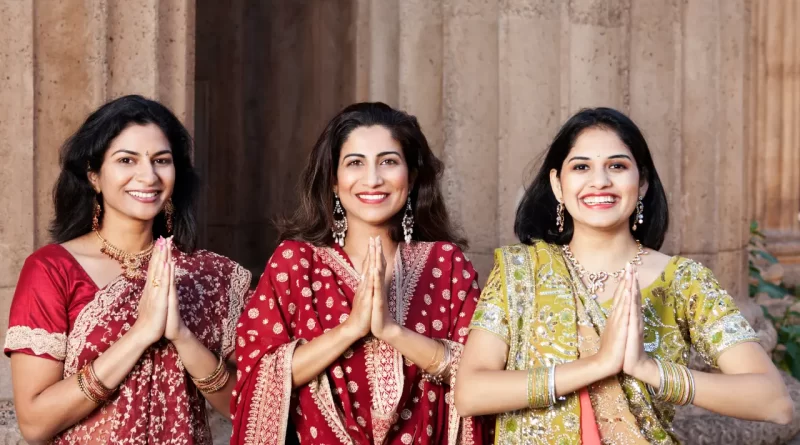What are The Different Ways of Greetings in India?
India, a land of rich cultural diversity, boasts a fascinating array of greetings that reflect its vibrant and varied traditions. From the pious salutations in religious contexts to the casual expressions of everyday interactions, greetings in India are an integral part of social etiquette and communication.
Religious Greetings:
- Khuda Hafiz: A common Urdu phrase meaning “May God protect you,” used by Muslims while bidding farewell.
- As-salam alaiKum: An Islamic greeting meaning “Peace be upon you,” often used by Muslims when meeting or greeting someone.
- Radhe Radhe: A devotional phrase used by followers of Radha Krishna, expressing devotion to the divine couple.
- Jai Shree Krishna: A Hindu greeting that exalts Lord Krishna, often used as a salutation or expression of joy.
- Jai bhole/ Har har Mahadev: Greetings used by devotees of Lord Shiva, expressing reverence and devotion.
- Jai Jinendra: A Jain greeting meaning “May the victory be to the conqueror,” used by Jains as a salutation.
- Narmada Har: A greeting used by devotees of the Narmada River, considered sacred in Hinduism.
- Jai Mata di: A Sikh greeting that praises the divine mother, often used as a salutation or expression of gratitude.
- Sat Shri Akal: A Sikh greeting meaning “True is the eternal name of God,” used as a salutation or expression of well-being.
Regional Greetings:
- Vanakkam: A common greeting in Tamil Nadu, meaning “I bow to you,” used as a respectful salutation.
- Pranam: A traditional Hindu greeting that involves bowing with folded hands, used as a sign of respect and reverence.
- Khamma Ghani: A Rajasthani greeting meaning “I seek forgiveness,” used as a polite way to greet someone or express gratitude.
- Julley: A greeting used in the Himalayan region, meaning “greetings” or “welcome.”
- Adaab: A respectful Urdu greeting used to show respect or deference to elders or superiors.
- Dhaal Karu: A Gujarati greeting meaning “I bow to you,” used as a respectful salutation.
- Suprabhat: A Sanskrit greeting meaning “Good morning,” used as a salutation in the morning.
- Ram ram: A Hindu greeting that invokes the name of Lord Rama, used as a salutation or expression of peace.
- Charan Vandhana: A respectful gesture of bowing down and touching the feet of elders as a mark of respect.
Everyday Greetings:
- Jai Jai: A joyous exclamation used to express happiness, excitement, or celebration.
- Hello: The English word “hello” is also commonly used as a casual greeting in India.
- Namaste: A universal Hindu greeting meaning “I bow to you,” used as a respectful salutation in various contexts.
Conclusion:
India’s vibrant cultures are reflected in its diverse greetings. From the universal “Namaste” (Hindi) to the melodious “Vanakkam” (Tamil), each language offers a unique way to say hello. Respectful terms like “Aadab” (Kashmiri) and “Khamma Ghani” (Marwari) showcase the importance of courtesy. Explore this tapestry of greetings and add a touch of cultural flair to your interactions in India!
The diverse greetings of India reflect the country’s rich cultural heritage and its deep-rooted traditions. From religious salutations to regional expressions, each India greetings carries a unique meaning and significance, adding a touch of warmth and respect to everyday interactions. Understanding these Indian greetings provides a glimpse into the cultural tapestry of India and helps foster meaningful connections with its people.
